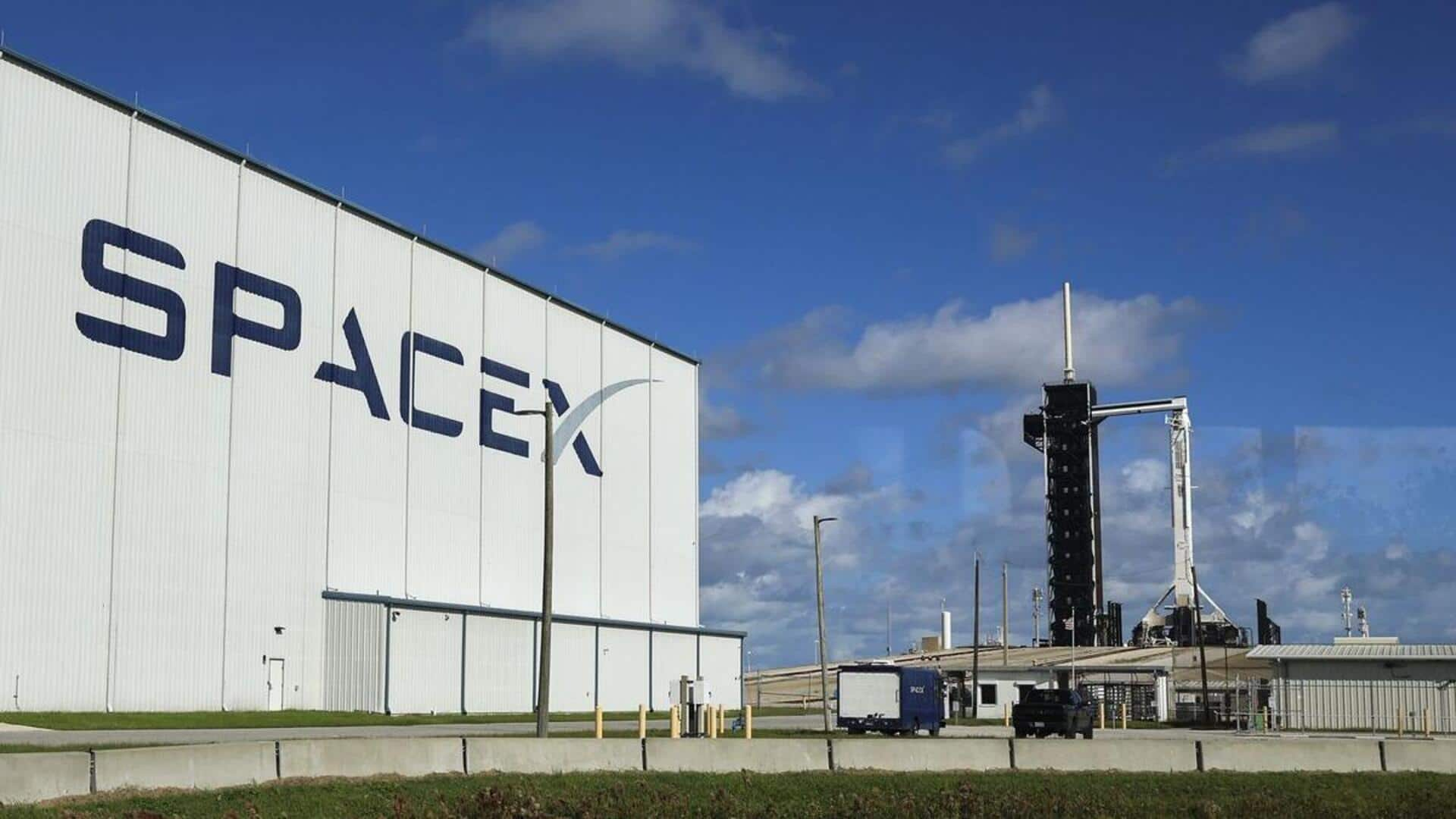
SpaceX wants to improve US air-traffic control with Starlink terminals
What's the story
Elon Musk's SpaceX is planning to deploy Starlink satellite internet terminals to improve the United States Federal Aviation Administration's (FAA) national airspace system.
The project, dubbed TDM X, involves shipping 4,000 Starlink terminals and hopes to be fully operational within 12-18 months.
One terminal has already been installed at the FAA's air-traffic control technology lab in Atlantic City, New Jersey for testing.
Terminal testing
FAA tests Starlink terminals
The FAA is testing one terminal in Atlantic City and two more at non-safety critical sites in Alaska.
The agency is considering Starlink to improve telecommunication connections for more reliable weather information at remote locations, including Alaska.
Musk's move raises questions about possible conflicts of interest, especially with a $2 billion contract awarded to Verizon Communications in 2023 for upgrading the FAA's critical infrastructure.
Contract concerns
Verizon responds to potential conflict with SpaceX's initiative
A Verizon spokesperson said their contract supports maintaining and upgrading the FAA's infrastructure, stressing the importance of a safe air traffic control system.
It remains unclear how integrating Starlink terminals would affect Verizon's existing contract.
Musk addressed these developments on his X social media platform, saying, "The Verizon system is not working and so is putting air travelers at serious risk."
FAA scrutiny
SpaceX's Starlink initiative amid FAA scrutiny
Musk's efforts come amid recent scrutiny over the FAA's aging airspace network, after a deadly mid-air collision near Ronald Reagan Washington National Airport in January.
President Donald Trump called the current air-traffic control technology "obsolete" after the incident.
Musk's political influence has accelerated SpaceX's reach into government and business sectors.
In December, SpaceX won a Pentagon contract to boost Ukraine's access to a militarized version of its Starlink network.